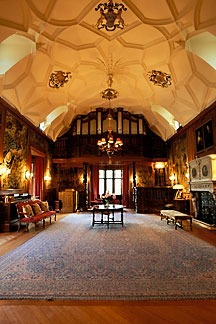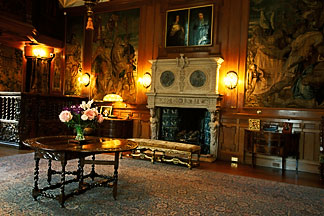
 The
The Scots Guard were the Guard of the French kings and fought with honour for that country in the wars against England.
The
The Scots Guard were the Guard of the French kings and fought with honour for that country in the wars against England.
“It contained within its ranks the great names of
Scotland, such as the Setons, the Montgomeries, the Hays, the Hamiltons, the
Sinclairs, the Douglases, and the Stuarts and was subsequently a supporter of
the Stuart cause."
One of the families, which, it is claimed, were
prominent in this Scots Guard, is the Seton family. It had been Christopher
Seton, in 1306, who saved Bruce's life at the Battle of Methven, while one of
his sons, Alexander, played not only a prominent role at Bannockburn, but was
one of the signatories to the Declaration of Arbroath in 1320. Christopher
Seton, in common with succeeding generations of his family, was to pay dearly
for his unstinting devotion to the cause of Scotland. Captured after Methven, he
was executed in Dumfries ‑ his intestines drawn from his body and burnt before
his eyes, then he was hung, beheaded, and his body cut into quarters.
The Scottish Knights Templar claim that not only did
the Seton's serve Scotland's cause, but also they did so as members of the Order
of the Temple. In recognition of the Seton family's contribution to
Scotland's cause and their close links to the Order, the Scottish Knights
Templar of today hold an annual service of dedication in the Seton Collegiate
Church of St Germain, in East Lothian. The Order says: “The Scottish Knights Templar have
held several services in Seton Collegiate Church to commemorate the lives of the
Seton family who maintained, above all else, unswerving loyalty to the Crown of
Scotland; 'One God, one nation, one king, one loyalty' was the motto carved in
stone in gilded letters over the portals of the ancient palace that Seton Church
once served as a chapel".